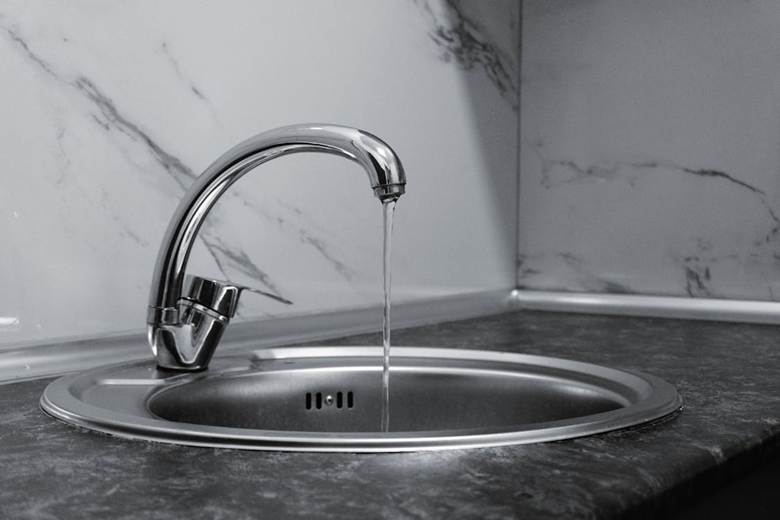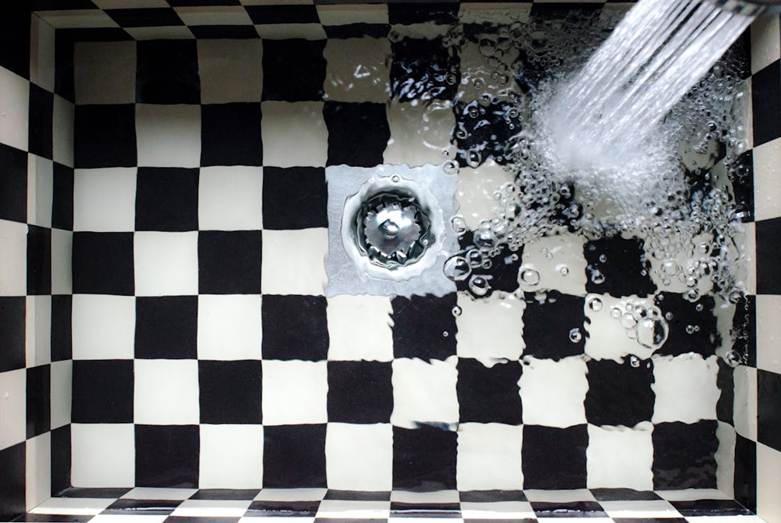A rental only runs smoothly when sinks, tubs, and floor drains keep moving as they should. Most clogs start small, then grow fast when tenants try quick fixes that push debris deeper.
Owners who compare providers by price alone often pay twice after callbacks and tenant credits. A better approach is to match the building’s risks with a company that documents work, explains methods, and backs repairs.
Many owners also look at regional options like drainage services in West Haven, UT, which is a good reminder to check for proven methods and round the clock help in your own area.

Start With Your Building’s Risks
List the fixtures that clog most, then map the likely causes by age and usage. Older kitchens build up grease and scale, while newer rentals see wipes and hair mats more often.
Note where backups cause the most damage or tenant stress, such as upper floor kitchens. If a single stack serves multiple units, one clog can affect many families at once. That raises the value of faster response times and stronger tools.
Ask providers how they triage multi unit backups, and what they do first on arrival. You want a clear intake, a quick diagnosis, and a plan that protects nearby lines. Clear steps reduce repeat visits and messy surprises.
What “Drain Cleaning” Should Include
Good drain work is more than pushing a cable and hoping for the best. Expect a methodical process that starts with questions about the symptom, history, and previous attempts.
A technician should choose a tool for the blockage type, not the other way around. After clearing, they should flush lines, scope when needed, and document findings. Photo or video gives you proof of root cause for future planning.
Match the service to your maintenance style. If you prefer preventive care, ask for periodic scoping on known trouble lines. The right vendor will suggest intervals that match usage and pipe condition, not a one size calendar.
Compare Methods Before You Compare Prices
Drain cable machines break through soft clogs and some roots, but they can leave residue. Hydro jetting clears the full pipe wall with pressurized water, which helps slow the next clog.
Enzyme maintenance can help in kitchen lines that build up grease between cleanings. It is not a fix for a hard blockage, but it can keep walls cleaner in high use seasons. Ask for product details and safe usage guidance.
When providers differ, ask them to explain why their method suits your line and material. Cast iron reacts differently than PVC, and older joints may need gentler pressure. The Environmental Protection Agency has useful guidance on how fats, oils, and grease create chronic problems in sewers, which supports preventive plans and tenant education. If you need garage door repair search Garage door service in Bluffton, SC or Garage door service in Provo, utah.
Cameras, Reports, and Proof You Can Use
A clear video is worth more than a long invoice description. It shows whether you had a soft clog, settled scale, roots, or a broken joint that needs repair.
Ask for time stamped video clips and brief notes that you can share with tenants or insurance. Good notes cover the line section, visible defects, and recommended next steps. Keep these with your unit records to spot patterns across seasons.
Vendors that invest in cameras usually bring better triage and fewer blind guesses. They also help you separate repeat misuse from structural issues. With records, you can schedule preventive work before renewal season, when access is easier.
Response Times, After Hours Coverage, and Tenant Care
Clogs do not wait for business hours, and neither should your vendor. Ask how after hours calls work, who answers, and how technicians are dispatched on busy weekends.
Look for simple rules that keep tenants safe and calm while help is on the way. For example, staff who guide tenants to shut water valves or stop using nearby fixtures. Small steps limit new damage before the truck arrives.
Ask the company to spell out service level targets for off hour calls and weekdays. A written target helps you plan credits, staff time, and lease language. It also sets a shared standard you can review during renewals.
Pricing You Can Predict, With Fair Follow Ups
Ask for rates by method and time window so there are no surprises on holidays. Flat rates may look friendly, but they often exclude jetting, scoping, or heavy retrieval.
Request a price sheet that ties tasks to conditions, such as heavy roots or scale. Add language that covers multi unit impacts from a single blockage. Predictable pricing helps you budget and reduces disputes.
A fair warranty is time bound and tied to the cause, not a blanket promise. A 30 day warranty on a soft clog makes sense, while broken pipes need repair, not repeats. Clear terms protect both sides and cut frustration.
When Cleaning Is Not Enough
Some backups will repeat until the underlying defect is corrected. Collapsed spots, offset joints, and long settled scale often need more than a cable.
Ask the technician if the video shows a defect that merits spot repair. Trenchless options like cured in place liners can seal cracks without large excavation. They reduce downtime, preserve hard surfaces, and often finish within a day.
Choose vendors who perform or coordinate trenchless work, so you do not manage three firms. That single point of contact shortens timelines and improves workmanship. Many city programs also publish standards for private sewer repairs that you can reference for scope clarity.
How To Vet A Provider Quickly
Speed matters when tenants are waiting, so build a short, repeatable screen. Use it every time, then keep notes on outcomes.
- Ask for arrival windows for after hours, weekends, and weekdays, with written targets.
- Request a sample report with a short video and a redacted invoice for a similar call.
- Confirm training on snaking, hydro jetting, and camera use, plus trenchless partners if needed.
Call two references who manage multi unit rentals within similar building ages. Ask about repeat visits, cleanup, and tenant experience. Keep a simple scorecard so you can compare providers over a full year.
Set Tenant Habits That Prevent Repeat Calls
The best repair is the one you never need to schedule. Share a short one page guide that reminds tenants what not to flush or pour.
Focus on wipes, grease, coffee grounds, and hair catchers for tubs and showers. Provide mesh strainers for kitchen sinks and suggest a monthly enzyme dose where allowed. A small toolkit reduces careless clogs and saves everyone time.
Consider lease language that covers careless misuse and access for urgent plumbing work. Clear policy helps staff resolve issues without long debates. Plan seasonal reminders before the holidays, when cooking and guests increase line stress.
A Quick Example Of Good Regional Fit
Many owners want a company that mixes round the clock response with strong technology. For example, drainage services in West Haven, UT highlight hydro jetting, camera work, and trenchless repair, backed by emergency help. An owner in another state can use that same checklist when calling local providers.
You are not copying one company, you are copying a model that reduces repeat issues. Fast intake, the right method, and clean documentation create fewer headaches for everyone. That model travels well across markets and building types.
When your shortlist follows these same principles, your costs and tenant complaints trend downward. Fewer surprises show up during renewals and turns. You will also build a clean record for future buyers.

The Bottom Line For Busy Owners
Match methods and response times to your building’s risks, then ask for proof you can file. Price sheets, camera clips, and clear warranties keep budgets steady and tenants calmer. With a strong screen and a simple tenant guide, you reduce repeat calls and protect rental income.









